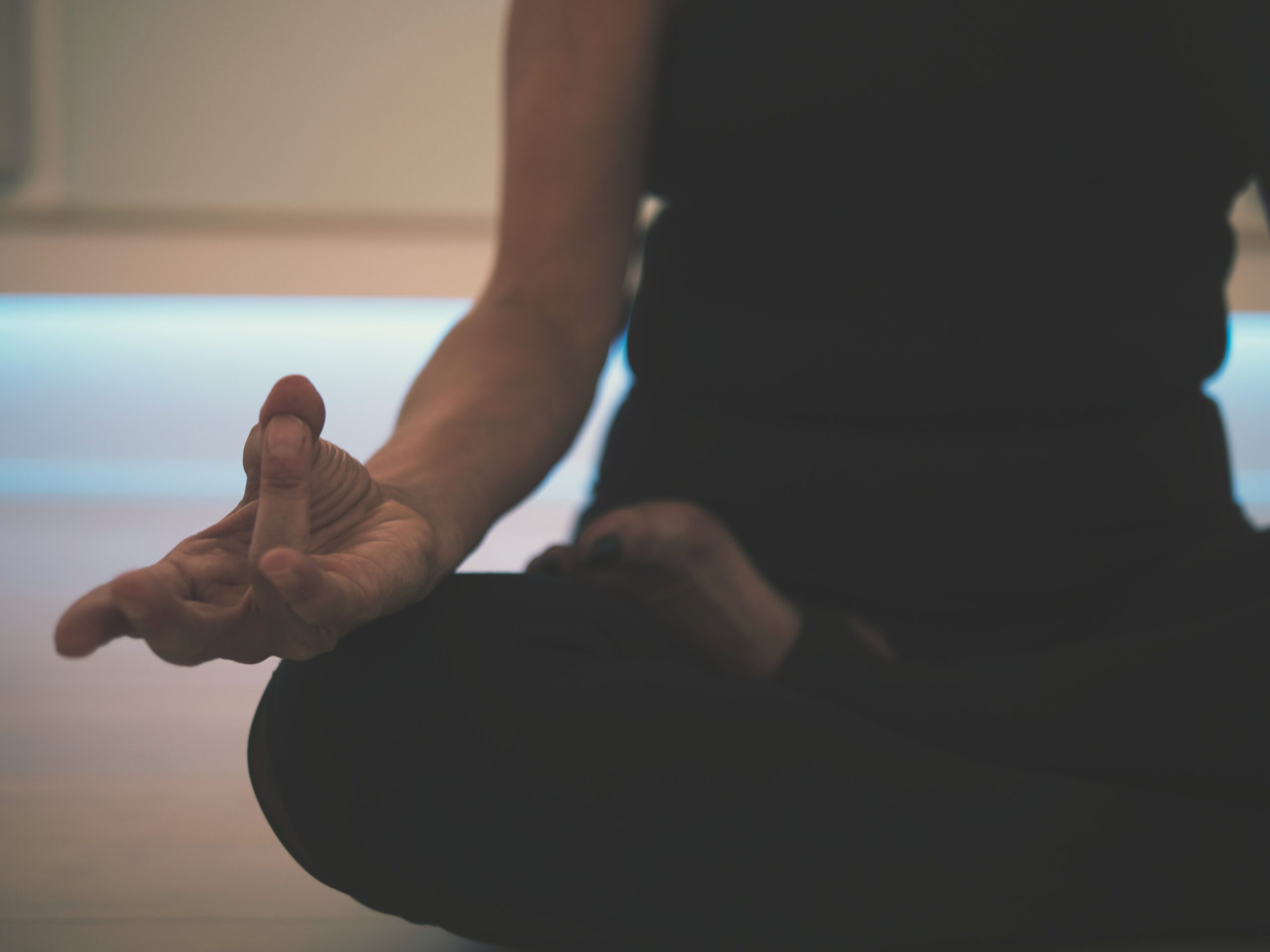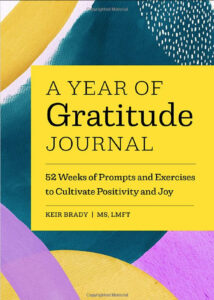Anxiety and panic can seem to happen out of the blue. A rush of adrenaline occurs and your thoughts take over. These thoughts can be very hard to stop, once they start. You can begin to feel disconnected from yourself and everything around you. In order to get out of your head and get back into the present moment, you can try a grounding technique.
Grounding Techniques
Grounding techniques are strategies you can use to help bring you back into the present moment. These techniques can reconnect you to yourself, your body, and the current time and place. Grounding techniques are used to get you out of your head and the focus on the past or the future, and to bring you back to the here and now. These tools can lessen the fight, flight, or freeze response and enable you to calm down. Anything that allows you to focus on the present moment can be a grounding technique. Having several of these techniques to use can be beneficial in a variety of different situations.
When To Use Them
Any time you are in your head too much, is a good time to use a grounding technique. These strategies can be used to calm down anxiety and even stop a panic attack from becoming overwhelming. If you have symptoms of post traumatic stress disorder and flashbacks or negative thoughts become problematic, grounding techniques can help you refocus your attention on what is going on around you instead. Grounding tools can be used to keep you attuned to the present situation if you are likely to dissociate. Below are some grounding techniques you can try if anxiety or PTSD are an issue.
Practice Mindfulness
The easiest way to practice mindfulness is to engage all of your senses with whatever you are currently doing. If you are washing the dishes, notice the temperature of the water and how it feels. Breathe in and notice what you smell. Pay attention to what the running water sounds like. When you eat dinner, notice the smells and savor the taste. If your mind begins to wander, gently bring your focus back to your senses. This helps you notice the external sensations, which can help quiet the internal thoughts.
5-4-3-2-1
Along with mindfulness, you can practice the 5-4-3-2-1 grounding technique. This tool requires you to name 5 things you can see, 4 things you can touch, 3 things you can hear, 2 things you can smell, and one thing you can taste. It doesn’t matter what order you do it in. For instance, if you are eating dinner, you may want to start with 5 things you can taste, and 4 things you can smell. You can say these things out loud or in your head. This is another way to use mindfulness to ground yourself in the present moment.
Pay Attention To Your Breath
Paying attention to your breath is another way to ground yourself in the moment. You can start by simply noticing your breath and whether it is fast or slow, shallow or deep. When you start noticing your breath, it will most likely begin to slow down and regulate. You can also practice diaphragmatic breathing. To do this you want to breathe in for 3 and expand your stomach as you breathe in. On the exhale, contract your stomach and breath out for 7. You can exaggerate the out breath, as the out breath is what helps calm you down.
Exercise
Exercising can help orient you to your body in the moment. You can walk, run, swim, ride your bike, take an exercise class, practice yoga, or simply do some light stretches. Moving your body helps get you out of your head and back into the present moment. If you are unable to exercise when you are feeling anxious, you can try to balance on one foot, or just stand up and notice how your legs and back are supporting you.
Other Techniques
Some other grounding techniques you can try include, holding an ice cube and noticing what it is like and what is happening as it melts from the warmth of your hand. Drinking something really hot or very cold and paying attention to the sensation. Listening to your favorite music, coloring, playing a game, laughing with your friends, and cuddling your pet are all ways that you can ground yourself in the present moment.
If you are experiencing anxiety, panic attacks, or PTSD and are having a hard time feeling connected to the present, try some of the grounding techniques above. These techniques can be used to keep your thoughts from taking over. If you try these techniques and are still struggling, therapy can help. When you are able to ground yourself in the present moment, symptoms of anxiety and PTSD can decrease.



